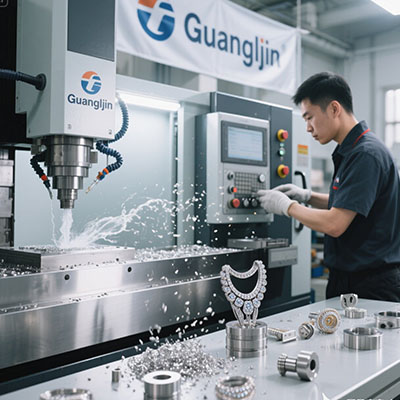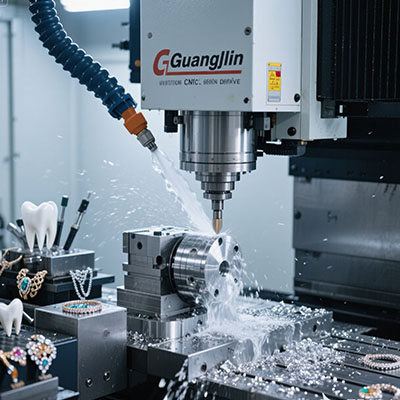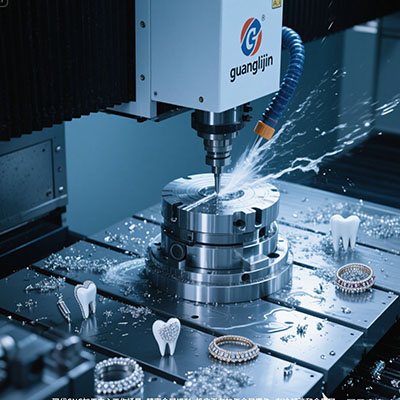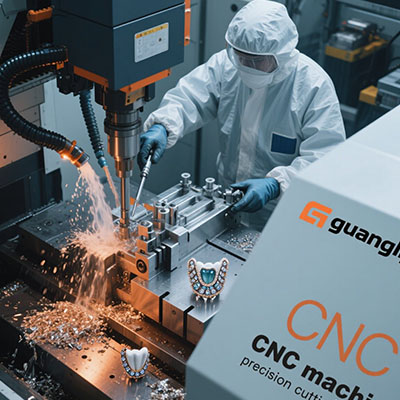How to Optimize Your CNC Machine Design for Maximum Performance
The High Cost of Poor CNC Design
Most manufacturers underestimate how much CNC machine design impacts productivity. A 2024 Machining Technology Report revealed that optimized machines produce 40% more parts annually than poorly designed counterparts. That’s like getting 5 extra months of production!
We saw this firsthand when redesigning a client’s CNC machine design last year. By improving the base structure alone, we reduced vibration-related rejects from 12% to just 2%. The secret sauce? A combination of polymer concrete and strategic ribbing.
Design Philosophy Showdown
Traditional vs. Optimized Approaches
| Design Factor | Standard Design | Performance-Optimized |
|---|---|---|
| Frame Material | Cast iron | Granite composite |
| Thermal Management | Cooling jackets | Active compensation |
| Vibration Control | Mass damping | Active counter-vibration |
| Accuracy Over Time | ±0.001″ drift | ±0.0002″ stability |
Interestingly, the best CNC machine engineering often uses less material. Modern designs focus on smart material placement rather than brute mass. It’s like building a suspension bridge instead of a solid wall.
5-Step Optimization Process
- Conduct dynamic analysis – Identify natural vibration frequencies
- Map thermal growth – Use infrared imaging during test cuts
- Optimize load paths – Ensure straight force transmission
- Select smart materials
– Combine stiffness and damping
- Validate maintenance access – 30% of downtime comes from poor serviceability
⚠ Warning: Don’t chase absolute rigidity at all costs. The best precision machine tools balance stiffness with controlled flexibility. Overly rigid designs often crack under thermal stress.
Cutting-Edge Optimization Techniques
2024’s most exciting CNC machine design innovations include:
- AI-driven dynamic stiffness adjustment
- 3D-printed damping structures
- Self-healing guideway coatings
- Blockchain-based wear tracking
Counterintuitively, some shops are achieving better results by reducing spindle power while improving machine stability. Sometimes less really is more.
Optimization Checklist
☑ Thermal symmetry in all axes
☑ Service access to all wear components
☑ Cable routing that prevents interference
☑ Standardized component interfaces
CNC Design Questions Answered
What’s the best base material for high-speed CNC machines?
Polymer concrete outperforms traditional materials for high-speed machining centers, offering 3x better vibration damping than cast iron.
How to design CNC machines for aerospace parts?
Focus on extreme thermal stability. Use symmetrical structures and active compensation systems for long aluminum parts.
What spindle configuration works best for mold making?
For CNC milling complex surfaces, 30,000+ RPM spindles with active cooling deliver the best finish quality.







